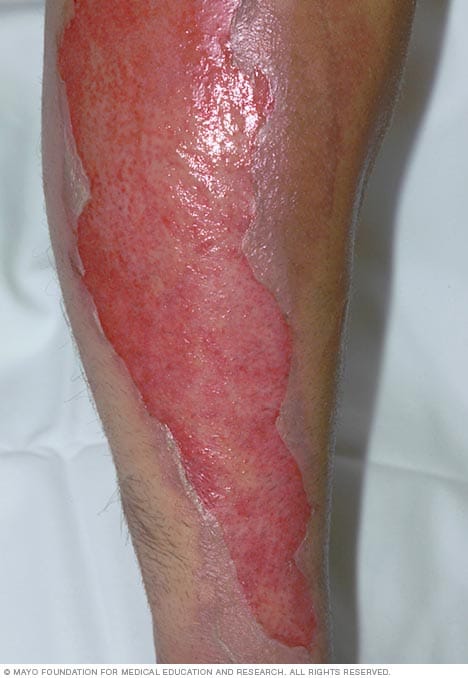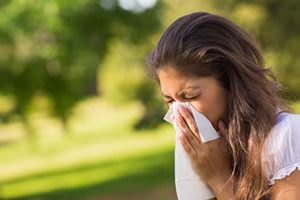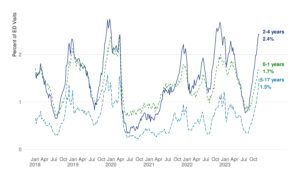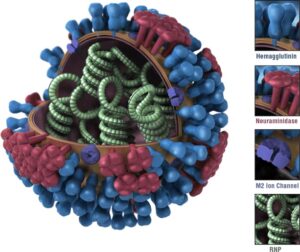Overview
Burns are tissue damage that results from heat, overexposure to the sun or other radiation, or chemical or electrical contact. Burns can be minor medical problems or life-threatening emergencies.
The treatment of burns depends on the location and severity of the damage. Sunburns and small scalds can usually be treated at home. Deep or widespread burns need immediate medical attention. Some people need treatment at specialized burn centers and months long follow-up care.
Symptoms
Burn symptoms vary depending on how deep the skin damage is. It can take a day or two for the signs and symptoms of a severe burn to develop.
- 1st-degree burn. This minor burn affects only the outer layer of the skin (epidermis). It may cause redness and pain.
- 2nd-degree burn. This type of burn affects both the epidermis and the second layer of skin (dermis). It may cause swelling and red, white or splotchy skin. Blisters may develop, and pain can be severe. Deep second-degree burns can cause scarring.
- 3rd-degree burn. This burn reaches to the fat layer beneath the skin. Burned areas may be black, brown or white. The skin may look leathery. Third-degree burns can destroy nerves, causing numbness.
When to see a doctor
Seek emergency medical assistance for:
- Burns that cover the hands, feet, face, groin, buttocks, a major joint or a large area of the body
- Deep burns, which means burns affecting all layers of the skin or even deeper tissues
- Burns that cause the skin to look leathery
- Burns that appear charred or have patches of black, brown or white
- Burns caused by chemicals or electricity
- Difficulty breathing or burns to the airway
Take first-aid measures while waiting for emergency assistance.
Call your doctor if you experience:
- Signs of infection, such as oozing from the wound, increased pain, redness and swelling
- A burn or blister that’s large or doesn’t heal in two weeks
- New, unexplained symptoms
- Significant scarring
Causes
Burns are caused by:
- Fire
- Hot liquid or steam
- Hot metal, glass or other objects
- Electrical currents
- Radiation, such as that from X-rays
- Sunlight or other sources of ultraviolet radiation, such as a tanning bed
- Chemicals such as strong acids, lye, paint thinner or gasoline
- Abuse
Complications
Complications of deep or widespread burns can include:
- Bacterial infection, which may lead to a bloodstream infection (sepsis)
- Fluid loss, including low blood volume (hypovolemia)
- Dangerously low body temperature (hypothermia)
- Breathing problems from the intake of hot air or smoke
- Scars or ridged areas caused by an overgrowth of scar tissue (keloids)
- Bone and joint problems, such as when scar tissue causes the shortening and tightening of skin, muscles or tendons (contractures)
Prevention
To reduce the risk of common household burns:
- Never leave items cooking on the stove unattended.
- Turn pot handles toward the rear of the stove.
- Don’t carry or hold a child while cooking at the stove.
- Keep hot liquids out of the reach of children and pets.
- Keep electrical appliances away from water.
- Check the temperature of food before serving it to a child. Don’t heat a baby’s bottle in the microwave.
- Never cook while wearing loose-fitting clothes that could catch fire over the stove.
- If a small child is present, block his or her access to heat sources such as stoves, outdoor grills, fireplaces and space heaters.
- Before placing a child in a car seat, check for hot straps or buckles.
- Unplug irons and similar devices when not in use. Store them out of reach of small children.
- Cover unused electrical outlets with safety caps. Keep electrical cords and wires out of the way so that children can’t chew on them.
- If you smoke, never smoke in bed.
- Be sure you have working smoke detectors on each floor of your home. Check them and change their batteries at least once a year.
- Keep a fire extinguisher on every floor of your house.
- When using chemicals, always wear protective eyewear and clothing.
- Keep chemicals, lighters and matches out of the reach of children. Use safety latches. And don’t use lighters that look like toys.
- Set your water heater’s thermostat to below 120 F (48.9 C) to prevent scalding. Test bath water before placing a child in it.
Also be alert to burn risks outside the home, especially if you are in places with open flames, chemicals or superheated materials.
By Mayo Clinic Staff
Original Article – https://www.mayoclinic.org/diseases-conditions/burns/symptoms-causes/syc-20370539





